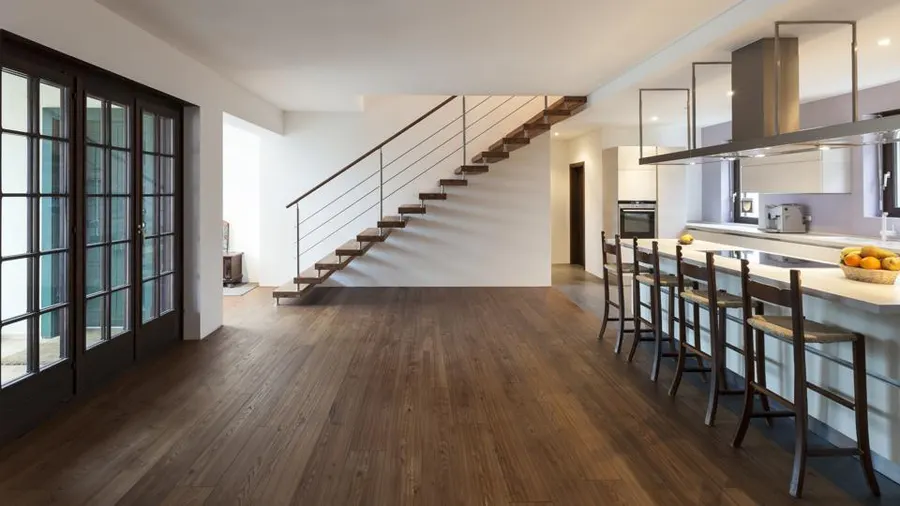12 月 . 03, 2024 16:30 Back to list
pickleball and basketball court
Exploring the Intersection of Pickleball and Basketball Courts
The rise in popularity of pickleball over the past few years has led to an interesting evolution in how recreational spaces are utilized, particularly those designed for traditional sports like basketball. The intersection of pickleball and basketball courts is a fascinating topic that highlights not only the changing landscape of sports but also the community dynamics and physical well-being associated with these activities.
The Rise of Pickleball
Pickleball, a paddle sport that combines elements of tennis, badminton, and ping-pong, has captured the interest of players across various age groups. Its appeal lies in its accessibility; the rules are simple, the equipment is minimal, and the game can be played indoors or outdoors. The smaller court size compared to tennis makes the sport easier for beginners and older adults, giving it a unique advantage in attracting a diverse player demographic.
As demand for pickleball courts has surged, many communities have opted for dual-purpose spaces that accommodate both basketball and pickleball. This arrangement reflects a growing awareness of the need to cater to multiple interests in public recreational areas.
Designing Dual-Purpose Courts
Designing courts that can successfully serve both pickleball and basketball requires a careful balancing act. The key considerations include court dimensions, surface materials, and markings. A regulation basketball court measures 94 feet by 50 feet, whereas a standard pickleball court is much smaller at 20 feet by 44 feet.
To effectively utilize space, many facilities opt for a dual marking system. This involves painting pickleball lines over an existing basketball court. The markings must be clear and distinct to avoid confusion during play. Usually, a combination of bright colors like blue or green for basketball with contrasting white lines for pickleball effectively serves the purpose.
Moreover, the surface material plays a vital role in ensuring both sports can be played safely and comfortably. Good-quality asphalt or concrete is typically used, but some newer facilities are opting for specialized sports surfaces that can enhance performance for both games, minimizing the risk of injuries.
Benefits of Shared Spaces
pickleball and basketball court

The trend of integrating pickleball courts within basketball facilities offers various benefits. Firstly, it maximizes the use of public amenities, ensuring that communities can provide more recreational opportunities without the need for extensive additional land use. This shared approach can lead to increased community engagement and foster a sense of inclusiveness.
With the growing popularity of pickleball, the availability of these courts can introduce new players to the sport, thereby growing its community. For current basketball players, the option to play a different sport can keep their experience fresh, promoting lifelong fitness habits and encouraging them to remain active.
Furthermore, such dual-use courts often result in lower maintenance costs. Fewer courts mean reduced upkeep, allowing municipalities or recreational facilities to direct their resources toward enhancing the quality of existing courts or expanding programs available to the community.
Challenges and Considerations
Despite the benefits, there are challenges associated with shared courts. Scheduling conflicts can arise, especially in peak usage times. Organizing tournaments for both sports can become complex, as various player skill levels may need to be accommodated.
Moreover, players accustomed to the traditional game may sometimes resist the idea of sharing space with a relatively new sport like pickleball. Education and community outreach are essential to address any concerns and foster collaboration among players of both sports.
The Community Impact
Ultimately, the integration of pickleball and basketball courts is a microcosm of broader societal trends in sports and recreation. It reflects a growing enthusiasm for inclusive physical activities that welcome a range of abilities and ages. As community members engage in both basketball and pickleball, they build relationships and connections that span generations, helping to create vibrant, active neighborhoods.
In conclusion, pickleball and basketball courts represent more than just a space for friendly competition; they are a testament to evolving recreational spaces that emphasize inclusivity and community spirit. By embracing both sports, facilities not only maximize their resources but also encourage healthy lifestyles among diverse populations, paving the way for a more active society. As this trend continues to develop, we can expect further innovations in how public spaces cater to our leisure needs.
-
Custom Pickleball Court Solutions Convert Tennis & Indoor Builds
NewsMay.30,2025
-
Outdoor Pickleball Court Costs Build & Install Pricing Guide
NewsMay.30,2025
-
Premium Pickleball Sports Courts Custom Design & Installation
NewsMay.30,2025
-
Indoor Pickleball Courts Tennis Court Conversion & Custom Builds Tempe
NewsMay.29,2025
-
Professional Pickleball Court Installation & Tennis Court Conversions
NewsMay.29,2025
-
Grey Synthetic surface-rubber prefabricated track
NewsMar.07,2025

